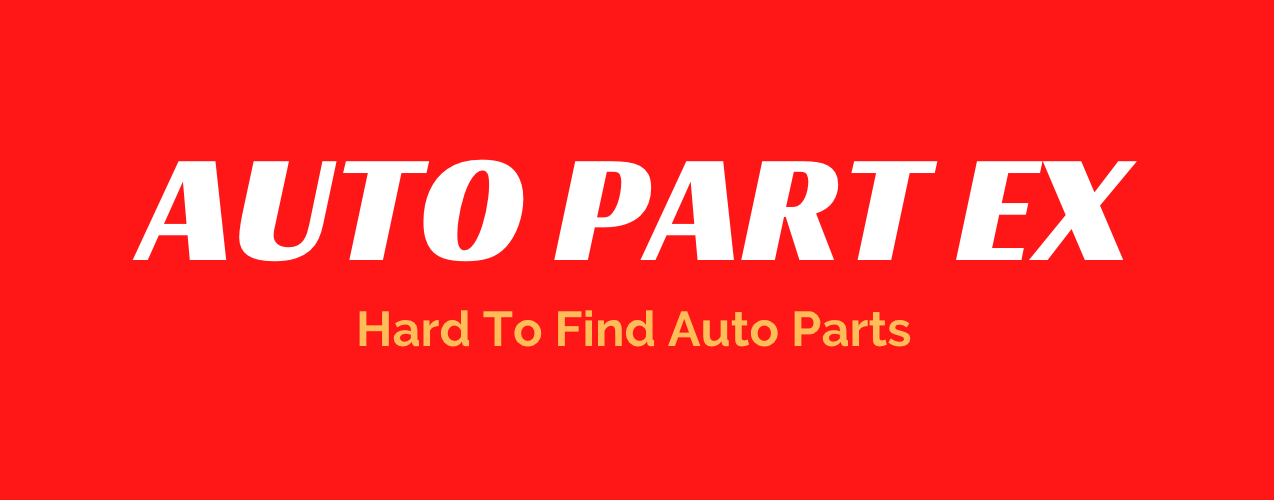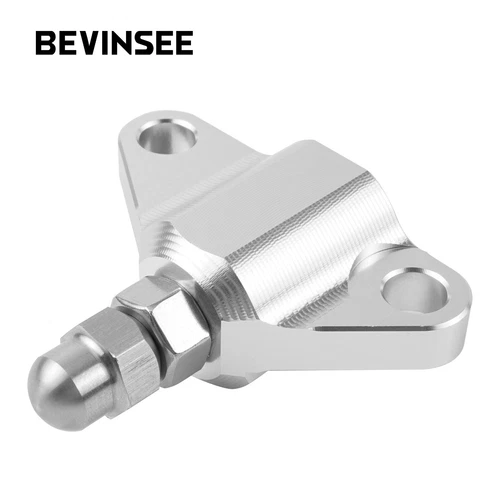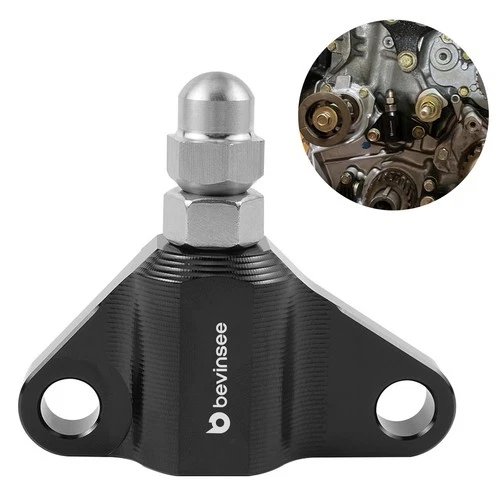Belt Tensioner
Belt Tensioner Guide
The Belt Tensioner is a crucial component in your vehicle's engine system, responsible for maintaining the proper tension in the serpentine belt to ensure smooth operation of various engine accessories. Working alongside components like the serpentine belt and idler pulley, the Belt Tensioner plays a pivotal role in the overall performance of your vehicle. Let's delve into the hidden problems, detailed issues, and solutions related to the Belt Tensioner. Hidden Problem Unaware: One common hidden issue with Belt Tensioners is gradual wear and tear over time. As the Tensioner pulley rotates, the internal bearings can degrade, leading to increased friction and reduced tension on the serpentine belt. This can result in belt slippage, decreased accessory performance, and even engine overheating if left unaddressed. Problem Aware: When the Belt Tensioner starts to fail, several noticeable symptoms may arise. A squealing or chirping noise coming from the engine area, especially during acceleration, is a common sign of a failing Tensioner. Additionally, if you notice visible wear on the serpentine belt, uneven belt wear, or accessories not functioning correctly, it may indicate issues with the Tensioner. Solution Aware: To resolve Belt Tensioner issues, it is essential to replace the Tensioner assembly promptly. When replacing the Tensioner, it is advisable to also replace the serpentine belt to ensure optimal performance and longevity. Proper installation of the new Tensioner is crucial, ensuring the correct tension is applied to the belt to prevent slippage and premature wear. DIY enthusiasts can follow manufacturer guidelines or seek professional help for precise installation. In terms of costs, a Belt Tensioner replacement typically ranges from $100 to $200, depending on the vehicle make and model. The replacement process can take around 1 to 2 hours, making it a relatively quick fix for experienced mechanics or DIYers. Maintenance Tips: Regular inspection of the Belt Tensioner is key to preventing issues. Check for any unusual noises, belt wear, or tension abnormalities. Ensure the Tensioner pulley spins freely without any resistance or wobbling. Additionally, following the manufacturer's recommended maintenance schedule for belt and Tensioner replacement can help extend the lifespan of these components. In conclusion, the Belt Tensioner is a vital component in your vehicle's engine system, and addressing issues promptly is crucial for optimal performance. By being proactive in maintenance and timely replacements, you can avoid costly repairs and ensure smooth operation of your vehicle. For all your Belt Tensioner and related part needs, trust AutoPartEx to locate OEM parts efficiently through our web application and mobile app.
Filters & Navigation
Showing 3 of 3 products



